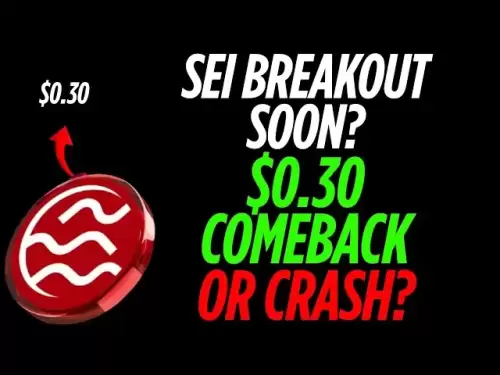-
 Bitcoin
Bitcoin $109,583.2239
0.19% -
 Ethereum
Ethereum $2,583.4612
0.48% -
 Tether USDt
Tether USDt $1.0003
-0.04% -
 XRP
XRP $2.2681
0.70% -
 BNB
BNB $659.9218
-0.52% -
 Solana
Solana $151.4961
-0.37% -
 USDC
USDC $0.9999
-0.02% -
 TRON
TRON $0.2861
1.20% -
 Dogecoin
Dogecoin $0.1718
0.04% -
 Cardano
Cardano $0.5960
-0.07% -
 Hyperliquid
Hyperliquid $40.1233
2.85% -
 Sui
Sui $2.9974
2.48% -
 Bitcoin Cash
Bitcoin Cash $497.1279
-1.76% -
 Chainlink
Chainlink $13.7275
-0.22% -
 UNUS SED LEO
UNUS SED LEO $9.0241
0.70% -
 Avalanche
Avalanche $18.5536
-0.88% -
 Stellar
Stellar $0.2421
1.39% -
 Toncoin
Toncoin $2.8593
-0.51% -
 Shiba Inu
Shiba Inu $0.0...01187
-0.07% -
 Litecoin
Litecoin $90.0023
2.90% -
 Hedera
Hedera $0.1590
2.79% -
 Monero
Monero $322.1495
0.00% -
 Polkadot
Polkadot $3.5453
-1.00% -
 Dai
Dai $1.0000
-0.01% -
 Bitget Token
Bitget Token $4.5733
-1.06% -
 Ethena USDe
Ethena USDe $1.0002
-0.01% -
 Uniswap
Uniswap $7.6345
3.03% -
 Aave
Aave $279.2583
0.47% -
 Pepe
Pepe $0.0...01003
-1.52% -
 Pi
Pi $0.4941
-0.32%
What is MiCA regulation?
The EU's MiCA regulation establishes a unified framework for crypto-assets, enhancing transparency, consumer protection, and market stability across member states.
Jul 03, 2025 at 08:42 pm
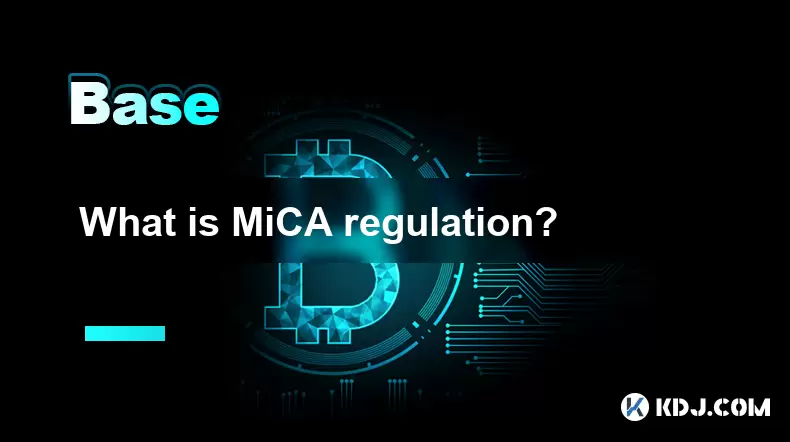
Understanding MiCA Regulation
MiCA, short for Markets in Crypto-Assets regulation, is a comprehensive regulatory framework introduced by the European Union (EU) to govern the rapidly evolving crypto market. The regulation aims to provide legal clarity, ensure consumer protection, and maintain financial stability across EU member states. It addresses various aspects of digital assets, including issuers, service providers, and traders, ensuring that all participants operate within a transparent and secure environment.
The European Commission proposed MiCA in 2020, and it was formally adopted in June 2023 after extensive discussions among EU institutions. This regulation marks one of the first major attempts globally to establish a unified set of rules for cryptocurrencies, stablecoins, and related services.
Scope and Coverage Under MiCA
MiCA applies to a wide range of crypto-assets that are not already covered by existing EU financial regulations such as UCITS or MiFID II. This includes:
- Utility tokens, which grant access to a specific service or function within a platform.
- Asset-referenced tokens, which derive their value from other assets like fiat currencies or commodities.
- E-money tokens, similar to stablecoins but intended for use as a means of payment.
Notably, security tokens—those resembling traditional financial instruments—are regulated under existing securities laws but remain subject to certain provisions of MiCA.
One of the most significant elements of MiCA is its treatment of stablecoins, especially those with potential systemic impact. These tokens must meet stringent requirements regarding reserves, transparency, and governance to prevent risks to monetary systems and user funds.
Key Requirements Imposed by MiCA
Under MiCA, crypto-asset issuers and service providers must comply with several mandatory obligations:
- White Paper Publication: Before launching any crypto-asset, issuers must publish a detailed white paper containing essential information about the project, risks, rights of token holders, and technical specifications. This document must be updated regularly and made publicly accessible.
- Transparency Obligations: Ongoing reporting on material changes, financial statements, and operational performance is required to ensure investors have access to accurate and timely data.
- Anti-Money Laundering (AML): All entities dealing with crypto-assets must implement robust AML procedures, including customer due diligence and transaction monitoring.
- Environmental Impact Disclosure: Projects involving proof-of-work consensus mechanisms must disclose their energy consumption and environmental impact.
Failure to comply with these obligations can result in substantial penalties, including fines up to 5% of global annual turnover or even suspension of operations.
Obligations for Crypto Asset Service Providers (CASPs)
Crypto Asset Service Providers (CASPs), including exchanges, custodians, and wallet services, are subject to strict licensing and operational requirements under MiCA. They must:
- Obtain authorization from national regulators before offering services.
- Maintain sufficient capital reserves and internal controls.
- Safeguard client assets and ensure the security of transactions.
- Implement effective complaint handling and dispute resolution mechanisms.
Additionally, CASPs are required to segregate client funds from company assets and provide clear disclosures about fees, risks, and conflicts of interest. These measures aim to protect users from fraud, insolvency, and mismanagement.
Regulation of Stablecoins Under MiCA
Stablecoins receive special attention in MiCA due to their growing influence and potential risks. The regulation distinguishes between:
- E-money tokens, which are backed by a single fiat currency and designed for payments.
- Asset-referenced tokens, which are pegged to a basket of assets.
For both types, issuers must:
- Hold sufficient reserves to back outstanding tokens at all times.
- Allow redemption of tokens upon request.
- Appoint a credit institution or electronic money institution as the reserve custodian.
- Conduct regular audits and publish reserve reports monthly.
If a stablecoin reaches a threshold of five million daily transactions or has a market capitalization exceeding EUR 1 billion, it may be classified as a significant asset-referenced token, triggering additional oversight by the European Banking Authority (EBA).
Impact of MiCA on Market Participants
MiCA introduces a harmonized regulatory landscape across the EU, which benefits both businesses and consumers. For crypto startups, it provides a clear pathway for compliance and market entry, reducing uncertainty and fostering innovation. Established firms may need to restructure their operations to align with new disclosure and governance standards.
From a consumer perspective, MiCA enhances trust by mandating transparency, accountability, and investor protections. Users gain better access to reliable information, improved recourse in case of disputes, and stronger safeguards against fraud and theft.
However, some industry players may face challenges adapting to the new regime, particularly those accustomed to operating without formal oversight. Compliance costs could increase, especially for smaller platforms lacking the infrastructure to meet ongoing reporting and audit demands.
Frequently Asked Questions
Q: Does MiCA apply to non-EU companies offering crypto services to EU residents?
A: Yes, MiCA has extraterritorial jurisdiction. Any entity providing crypto-asset services to individuals or businesses within the EU must comply with MiCA’s requirements, regardless of where the company is headquartered.
Q: How does MiCA treat decentralized finance (DeFi) projects?
A: MiCA does not explicitly exempt DeFi protocols from regulation. If a DeFi platform issues tokens or facilitates trading, it may be considered a CASP and must comply with relevant obligations unless fully permissionless and uncontrolled by identifiable entities.
Q: Are NFTs covered under MiCA?
A: Most non-fungible tokens (NFTs) are currently outside the scope of MiCA unless they qualify as utility tokens with investment features. However, the European Commission may issue further guidance or amendments to address this area more specifically.
Q: What happens if a crypto issuer fails to comply with MiCA requirements?
A: Regulatory authorities can impose fines, suspend operations, or revoke licenses for non-compliance. Repeat or severe violations may lead to criminal charges under national laws.
Disclaimer:info@kdj.com
The information provided is not trading advice. kdj.com does not assume any responsibility for any investments made based on the information provided in this article. Cryptocurrencies are highly volatile and it is highly recommended that you invest with caution after thorough research!
If you believe that the content used on this website infringes your copyright, please contact us immediately (info@kdj.com) and we will delete it promptly.
- Crypto's Wild Ride: TOKEN6900, SPX6900, and the S&P 500 Connection
- 2025-07-04 03:50:13
- LUNA Crypto Collapse: From Billions Lost to a Quiet Comeback?
- 2025-07-04 02:35:18
- Briber's Four Forces: Decoding the Dynamics of Crypto Incentives
- 2025-07-04 02:35:18
- Solana DeFi Accumulation: Riding the Wave or Just HODLing On?
- 2025-07-04 02:40:12
- ZKasino's $30M Rug Pull: Founder Arrested in UAE – Justice Served?
- 2025-07-04 00:30:13
- Bitcoin's Bull Run: Standard Chartered and the ETF Inflow Effect
- 2025-07-04 00:30:13
Related knowledge

What is open interest in derivatives?
Jul 03,2025 at 02:49pm
Understanding Open Interest in DerivativesOpen interest is a critical metric used in the cryptocurrency derivatives market, particularly when analyzing futures and options contracts. It represents the total number of outstanding contracts that have not been settled or closed by either party involved. Unlike trading volume, which counts all trades made i...
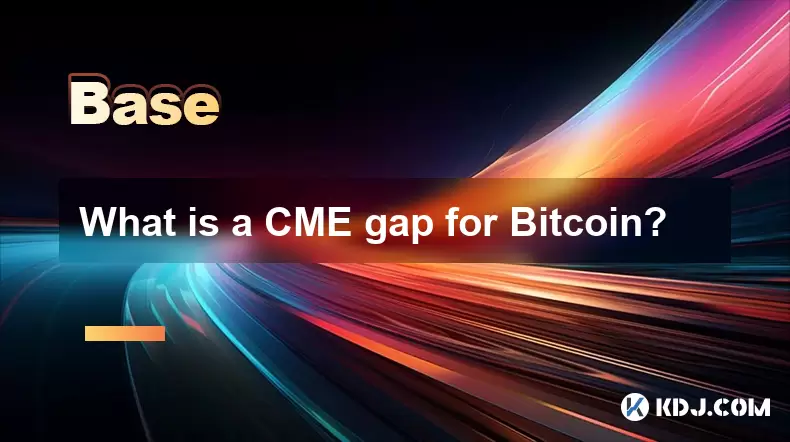
What is a CME gap for Bitcoin?
Jul 03,2025 at 05:49pm
Understanding the Concept of a CME GapA CME gap refers to a discrepancy in price between the closing price of Bitcoin on the Chicago Mercantile Exchange (CME) and its opening price when trading resumes. This phenomenon occurs because the CME operates during specific hours, typically aligned with traditional market hours, while cryptocurrency markets ope...
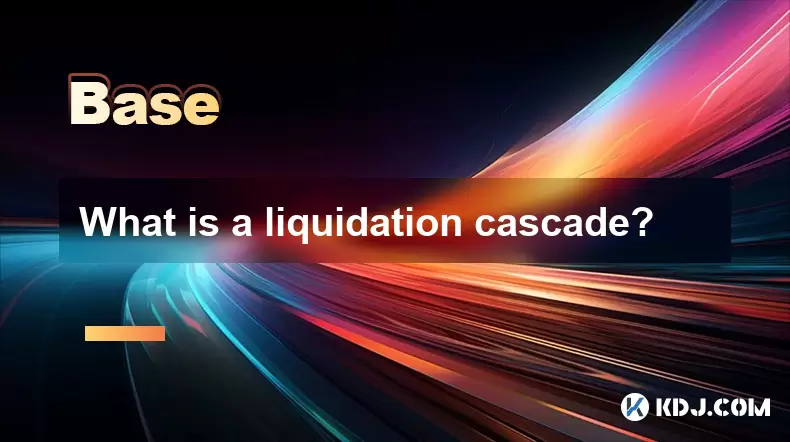
What is a liquidation cascade?
Jul 03,2025 at 07:15am
Understanding the Concept of LiquidationIn the realm of cryptocurrency trading, liquidation refers to the process by which a trader's position is automatically closed due to insufficient funds to maintain the leveraged trade. This typically occurs when the market moves against the trader's position and their account equity falls below the required maint...
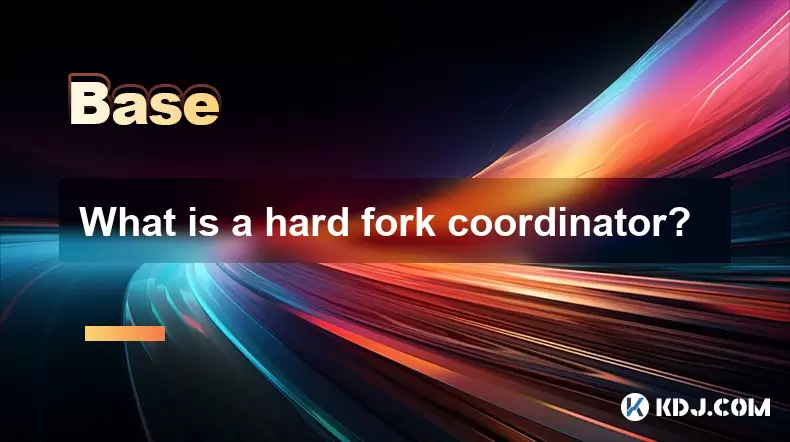
What is a hard fork coordinator?
Jul 03,2025 at 12:42pm
Understanding the Role of a Hard Fork CoordinatorIn the world of blockchain and cryptocurrencies, a hard fork coordinator plays a critical role during major network upgrades. A hard fork is a significant change to a blockchain’s protocol that makes previously invalid blocks or transactions valid (or vice versa). This type of upgrade requires all nodes o...
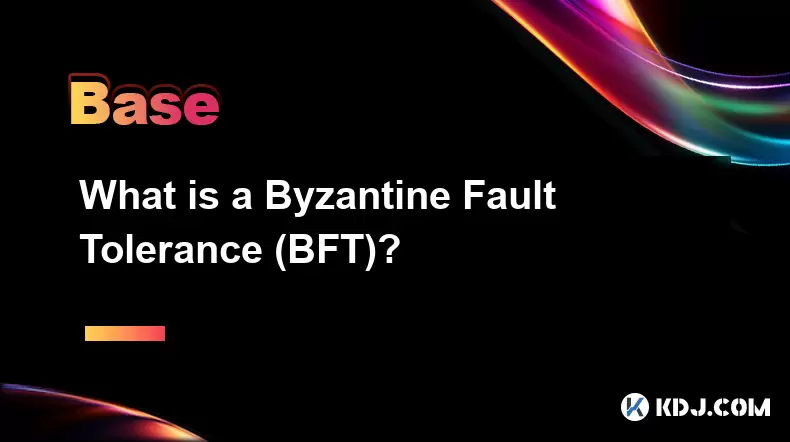
What is a Byzantine Fault Tolerance (BFT)?
Jul 03,2025 at 11:49am
Understanding the Concept of Byzantine Fault ToleranceByzantine Fault Tolerance (BFT) is a critical concept in distributed systems, particularly within the realm of blockchain technology and cryptocurrencies. It refers to the ability of a system to continue functioning correctly even when some components fail or behave maliciously. The term originates f...
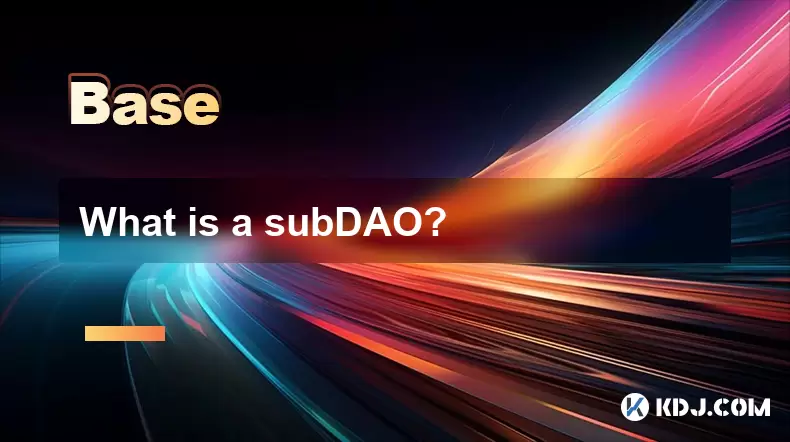
What is a subDAO?
Jul 03,2025 at 09:36am
Understanding the Concept of SubDAOA SubDAO, short for Sub-Decentralized Autonomous Organization, is a specialized entity that operates under the umbrella of a larger DAO (Decentralized Autonomous Organization). It functions with its own set of rules, governance mechanisms, and tokenomics while remaining aligned with the overarching goals of the parent ...

What is open interest in derivatives?
Jul 03,2025 at 02:49pm
Understanding Open Interest in DerivativesOpen interest is a critical metric used in the cryptocurrency derivatives market, particularly when analyzing futures and options contracts. It represents the total number of outstanding contracts that have not been settled or closed by either party involved. Unlike trading volume, which counts all trades made i...

What is a CME gap for Bitcoin?
Jul 03,2025 at 05:49pm
Understanding the Concept of a CME GapA CME gap refers to a discrepancy in price between the closing price of Bitcoin on the Chicago Mercantile Exchange (CME) and its opening price when trading resumes. This phenomenon occurs because the CME operates during specific hours, typically aligned with traditional market hours, while cryptocurrency markets ope...

What is a liquidation cascade?
Jul 03,2025 at 07:15am
Understanding the Concept of LiquidationIn the realm of cryptocurrency trading, liquidation refers to the process by which a trader's position is automatically closed due to insufficient funds to maintain the leveraged trade. This typically occurs when the market moves against the trader's position and their account equity falls below the required maint...

What is a hard fork coordinator?
Jul 03,2025 at 12:42pm
Understanding the Role of a Hard Fork CoordinatorIn the world of blockchain and cryptocurrencies, a hard fork coordinator plays a critical role during major network upgrades. A hard fork is a significant change to a blockchain’s protocol that makes previously invalid blocks or transactions valid (or vice versa). This type of upgrade requires all nodes o...

What is a Byzantine Fault Tolerance (BFT)?
Jul 03,2025 at 11:49am
Understanding the Concept of Byzantine Fault ToleranceByzantine Fault Tolerance (BFT) is a critical concept in distributed systems, particularly within the realm of blockchain technology and cryptocurrencies. It refers to the ability of a system to continue functioning correctly even when some components fail or behave maliciously. The term originates f...

What is a subDAO?
Jul 03,2025 at 09:36am
Understanding the Concept of SubDAOA SubDAO, short for Sub-Decentralized Autonomous Organization, is a specialized entity that operates under the umbrella of a larger DAO (Decentralized Autonomous Organization). It functions with its own set of rules, governance mechanisms, and tokenomics while remaining aligned with the overarching goals of the parent ...
See all articles























